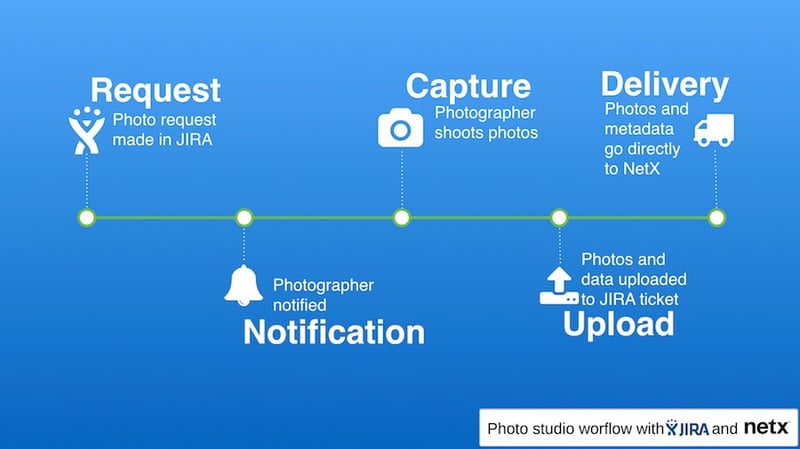The Met implements the NetX Digital Asset Management platform.
Six million people visit The Metropolitan Museum of Art in New York every year. They come to view works of art from ancient Egypt and classical antiquity, paintings and sculptures from nearly all the European masters, and an extensive collection of American and modern art. In all, The Met houses more than 1.5 million works of art spanning 5,000 years. Hundreds of employees work to preserve and share the priceless collection, including a team of photographers who tirelessly capture the art objects with digital cameras and other digital media specialists who generate audio and video assets. NetX provides a robust and intuitive tool to organize, store and share The Met’s considerable repository of digital media assets.
After almost 150 years of operation, The Met has collected over one million image files documenting its art objects, plus tens of thousands of audio, videos and document files. Managing all those files is challenging and the digital asset management solution (DAM) implemented at The Met in 2007-2008 was in need of an update.
As Julie Shean, technical architect for The Met’s migration project, explains “Part of doing that work involves preserving, describing, and sharing information about the collection, in images,
“Our studio’s imaging team was frustrated by how inefficient it was to archive their files,” explains Shean. “Also, we had trouble training new staff users on how to find out which images we already had of each object. We needed a better way to search, view, and deliver the images we had.”
The need to protect, preserve, and more easily share its digital assets was
“We were attracted to the product’s approachable user interface, its flexibility, extensibility, scalability, and its ability to fit into our tech stack,” says Shean. “Taking what we learned from evaluating the first DAM system implementation, we understood that we should expect our needs to evolve over time. We all felt that NetX could be a valuable partner going forward.”
During the implementation process, NetX imported more than a million assets from their legacy system, along with the associated metadata.
NetX’s ability to collect and store a large volume of metadata for every digital asset is vital to The Met. “We have defined more than 200 meta tags in NetX,” Shean says. “This is important— both to ensure that a particular file can be quickly
Today, more than 500 Met employees interact with NetX, with 20 to 30 percent of those utilizing the system at least weekly. One benefit The Met’s staff touts is the ability to quickly upload multiple image files to
A powerful and flexible workflow engine in NetX supports The Met’s unique processes by enabling staff to define a chain of events to take place at various touchpoints. For example, as part of a new image upload, NetX will automatically create three different sizes of the image file — a thumbnail, preview, and full resolution renditions. Metadata updates are used to trigger file routing, deployment to network drives, or lookups to external data sources for enhanced cataloging. This system can also be used to automatically notify various users when an image is downloaded or a
The Met utilizes the popular Atlassian JIRA Service Desk

Shean says that the museum’s relationship with the NetX team is one of partnership and collaboration. “They are problem solvers who are passionate about their product. They work to understand how we
310 SW 4th Avenue, Suite 1120
Portland OR 97204
Call us: (503) 499-4342
Gleimstrasse 52
10437 Berlin
Germany